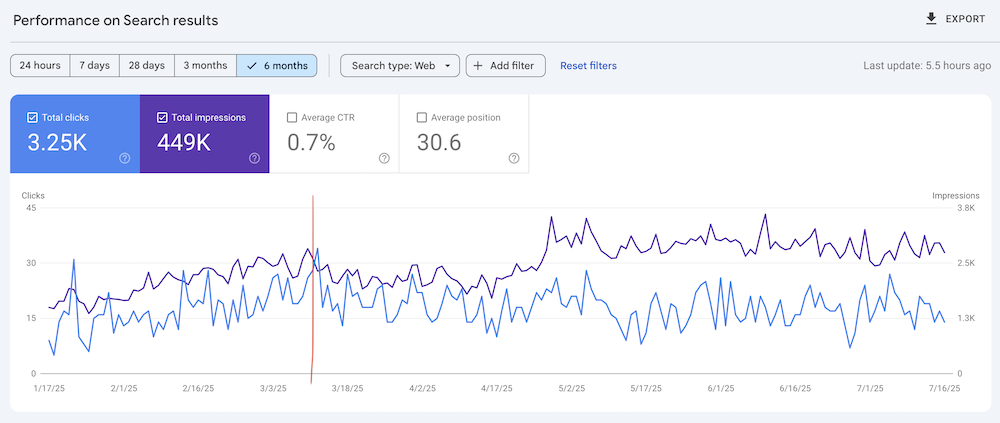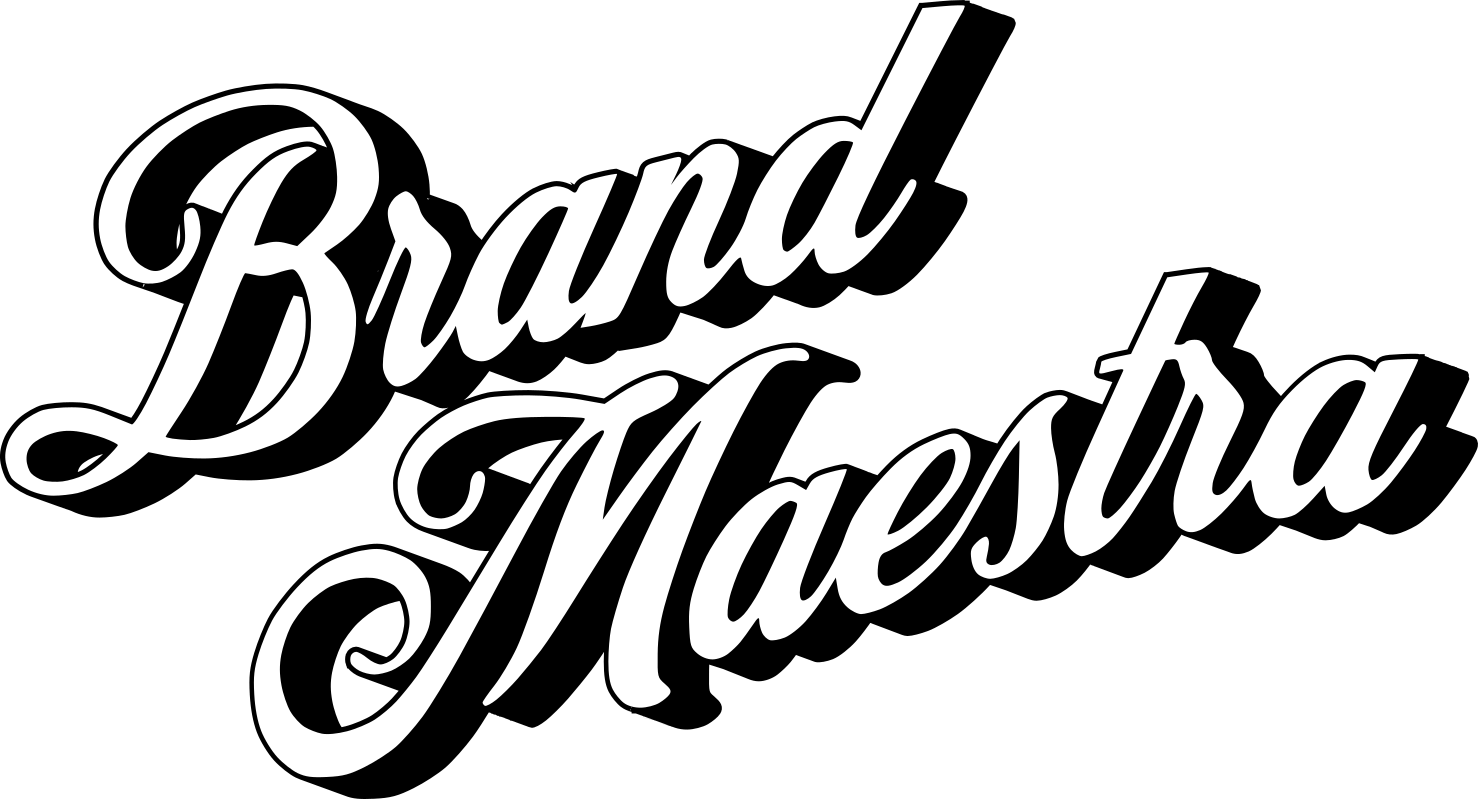
When SEO Bros Promise You the World: (Impressions Up, Clicks Down, and Dozens of Toxic Backlinks.)

I had worked with a local client for quite a while, helping build their brand, site and organic presence (with a 980% increase in site traffic over 4 months). When they switched to a new SEO team in March, I stepped aside. I did keep an eye on his rankings once in a while, and noticed his site wasn’t doing well -but today I looked deeper. What I found was kind of infuriating.
I noticed a spike in impressions over the last couple months. 📈
But the clicks? They were steadily dropping. 📉
The Backlink Profile Told the Real Story
I pulled a backlink report and found dozens of toxic links from porn sites, spam directories, and dead domains. Many of the referring domains aren’t even live. They’re irrelevant, low-authority, and clearly black-hat. These links weren’t earned, (and I can almost guarantee no one hanging out on a Japanese porn site is interested in your local business.)
This is exactly the kind of thing that looks like SEO on the surface (lots of new backlinks, rising impressions), but underneath, it’s a mess. And it’s dangerous for your site.
Why It Seems Like It’s Working
They might present data like:
- “Look! You’re ranking for more keywords!”
- “Your domain authority went up!”
- “We built 500 links this month!”
What they don’t show you is:
- Your click-through rate is dropping
- Your traffic quality is declining (no one’s buying)
- Your site is vulnerable to spam penalties
Google isn’t fooled by these tactics anymore. When the penalty hits – or the algorithm catches on – the drop in ranking, views and traffic and be significant.
What to Do If You Find Toxic Backlinks
If you discover your site has backlinks from spammy, irrelevant, or adult content sites, don’t panic – but do act:
- Audit Your Backlink Profile
Use tools like Ahrefs, SEMrush, or Search Atlas to identify suspicious links. Look for domains that are off-topic, low-authority, or offensive. - Disavow Toxic Links
Create a disavow file listing the worst offenders and submit it to Google via Search Console. This tells Google to ignore those links when evaluating your site. - Stop the Source
If your SEO provider is building links like this, it’s time to have a serious conversation – or find someone new. - Focus on Quality Moving Forward
Start earning real links from reputable, relevant sites. Clean SEO takes more effort, but it actually works – and it won’t get you penalized.
What Real SEO Looks Like
✅ Links from trusted, relevant sources
✅ Long-term strategy and content that serves your audience
✅ Rankings that translate into real visibility, traffic, and sales
If you’re seeing strange trends in your analytics or if your SEO reports sound impressive but your results don’t feel like growth… it’s worth a closer look.
📊 I offer No-BS audits that tell the truth – and show you how to fix what’s broken, organically and with no sketchy backlinks.
